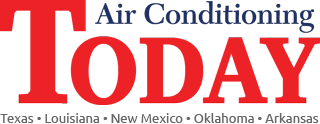by Lorraine Ball
Websites today are not simply online brochures. A great website is an interactive sales tool designed to lead visitors through a journey, which ends with them deciding to buy from you.
WHAT IS THE DIFFERENCE BETWEEN WEB COPY AND BROCHURE COPY?
Brochures have a definite beginning and end. Your web copy has to work even if someone starts in the middle of the process. If your on-page SEO is working, visitors may very well land on an interior page. The web copy on that page needs to answer a specific question and make sense even if the reader hasn’t read your home or about pages.
Write Your Web Copy to Be Scanned
We typically read a brochure from beginning to end, but we scan web pages. Design your web copy for scanning with lots of small paragraphs and headlines. Here are a few tips to make it easier for visitors to scan your pages.
Headlines should tell a story.
If all a reader does is skim the headlines they should be able to grasp the key points on the page.
Use bullet points to present key messages.
Your key points are often lost in a long paragraph. Bullets help you focus the reader’s attention.
Avoid needless repetition.
Get to the point! As you try to balance brevity with the need to satisfy search engines with longer avoid repetition. Instead, add related information to achieve word count objectives.
Ditch jargon and big words.
Even if your target audience is highly educated, technical types they will appreciate simple language which they can skim quickly. You can still be informative if you break up long sentences, write shorter paragraphs and aim for an 8th-grade reading level.
And if you feel you have to use technical terms such as SEER and AFUE, be sure to define them once on the page. People are not going to hop over to a glossary page,
just to read your web copy.
If done well, your web copy will lead web visitors down the path to become customers
